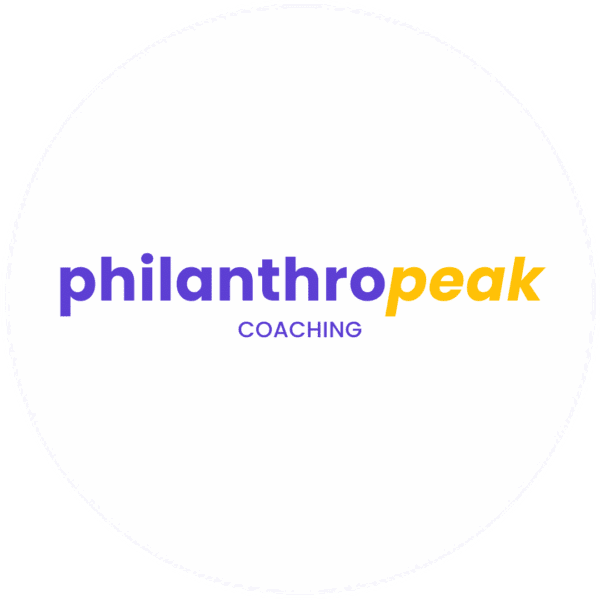
Understanding ADHD Rage: Navigating Emotional Turmoil and Finding Peace
ADHD rage is a real thing, and it’s not just about being a bit more annoyed than usual. It’s like a storm that comes out of nowhere, leaving you and everyone around you wondering what just happened. If you’ve got ADHD, you might know that feeling all too well. But hey, it’s not all doom and gloom. Understanding why this happens is the first step to dealing with it. Once you know your triggers, you can start working on ways to keep things calm. It’s a journey, sure, but one that can lead to a more peaceful life.
Key Takeaways
Table of Contents
Toggle- Recognising what sets off your ADHD rage can help you manage it better.
- Building strong relationships means understanding and communicating your needs clearly.
- Turning the chaos of ADHD into personal growth is possible with the right mindset.
Recognising and Managing ADHD Rage

Identifying Triggers of ADHD Rage
Living with ADHD can sometimes feel like a rollercoaster of emotions. Understanding what sets off these intense feelings is the first step towards managing them. Common triggers include feelings of being misunderstood or overwhelmed by tasks. Recognising these triggers can help in managing ADHD effectively. Here are some steps to identify your triggers:
- Keep a Journal: Track your emotions and what events preceded them. This can help highlight patterns.
- Notice Physical Reactions: Pay attention to physical signs like a racing heart or clenched fists.
- Reflect on Past Outbursts: Consider what situations have led to rage in the past.
Understanding Emotional Dysregulation
Emotional dysregulation is a key component of ADHD, where controlling emotional responses becomes challenging. This isn’t just about having a bad day; it’s about the brain’s struggle to process and regulate emotions effectively. Often, individuals with ADHD might experience rapid mood swings or intense emotional reactions to seemingly minor events. This can be linked to heightened justice sensitivity, where perceived injustices trigger strong emotions. Learning to recognise these emotional patterns is crucial in managing ADHD rage.
Strategies for Calming Intense Emotions
Managing ADHD rage involves finding ways to calm intense emotions before they escalate. Here are some strategies that might help:
- Mindfulness Practises: Engaging in mindfulness can help in calming the mind and creating a sense of inner peace. This approach can be particularly effective when combined with Cognitive Behavioural Therapy (CBT) mindfulness practises.
- Physical Activity: Regular exercise can be a powerful tool in managing emotions, helping to release tension and improve mood.
- Professional Support: Collaborating with a knowledgeable therapist can provide strategies to reshape negative thoughts and manage emotional responses seeking professional help.
While it may seem daunting, understanding and managing ADHD rage is a journey. With the right strategies and support, it’s possible to find peace and improve emotional well-being.
The Impact of ADHD Rage on Relationships

ADHD rage can make family life feel like a minefield. The unpredictable nature of emotional outbursts can leave family members walking on eggshells, unsure of what might trigger the next explosion. This constant tension can erode trust and build resentment over time. To manage this, open communication is key. Families can benefit from regular discussions about feelings and triggers, helping to demystify the emotional chaos. It might also help to set up a "cool-down" space at home where anyone can retreat when emotions run high. Additionally, family therapy can provide a neutral ground to work through conflicts and understand each other better.
Maintaining Professional Relationships
In the workplace, ADHD rage can be particularly challenging. Colleagues might misinterpret an outburst as unprofessionalism or lack of control. This can strain relationships and even hinder career advancement. To mitigate these effects, it’s important to develop strategies for managing emotions at work. This might include practising mindfulness techniques or taking short breaks to prevent overwhelm. Building a supportive network of colleagues who understand your challenges can also be invaluable. Sharing your experiences with trusted coworkers can foster empathy and patience, creating a more accommodating work environment.
Building Supportive Friendships
Friendships are often the first casualty when ADHD rage is involved. Friends might not understand the sudden mood swings or intense emotions, leading to misunderstandings and distance. To maintain friendships, honesty is crucial. Let your friends know about your ADHD and how it affects your emotions. This transparency can prevent misinterpretations and build stronger bonds. Consider engaging in activities that are calming and enjoyable for both parties, reducing the chance for stress-induced outbursts. Remember, true friends will appreciate your openness and be willing to support you through the ups and downs.
Practical Strategies for Managing ADHD Rage

Mindfulness and Relaxation Techniques
Mindfulness is like a secret weapon against ADHD rage. It’s about staying present and letting go of those overwhelming emotions. Try focusing on your breath or doing a quick body scan. These techniques help you stay grounded when things get heated. Regular practise can make a huge difference.
- Deep Breathing: Inhale deeply, hold for a few seconds, and exhale slowly. Repeat until you feel calmer.
- Guided Meditation: Use apps or recordings to guide you through a calming meditation session.
- Progressive Muscle Relaxation: Tense and relax different muscle groups to release physical tension.
Effective Communication Skills
Talking it out can be tricky when you’re on edge, but it’s super important. Clear communication helps prevent misunderstandings and reduces frustration.
- Active Listening: Pay full attention to the speaker, nodding or giving verbal cues to show you’re engaged.
- Use "I" Statements: Express your feelings without blaming others. For example, "I feel upset when…"
- Stay Calm: If you feel your anger rising, take a break before continuing the conversation.
Seeking Professional Help
Sometimes, managing ADHD rage on your own isn’t enough. That’s when professional help comes in handy. Therapists or counsellors can offer strategies tailored to your needs.
- Cognitive Behavioural Therapy (CBT): Helps in changing negative thought patterns that fuel rage.
- Support Groups: Connecting with others who understand your struggles can be incredibly validating.
- Medication: In some cases, medication prescribed by a healthcare professional can help manage symptoms effectively.
Remember, managing ADHD rage is a journey. It’s about finding what works for you and sticking with it, even if it means taking small steps every day.
Transforming ADHD Rage into Personal Growth

Understanding your emotions is like having a map when you’re lost. You might feel like you’re in a storm, but recognising those feelings can be the first step to calm. Emotional awareness is about tuning into what you’re feeling and why. It’s not just about the rage, but the small triggers that lead up to it. Journaling can help here. Write down what you felt, what happened, and how you reacted. Over time, patterns might emerge.
Building resilience is like training for a marathon. It takes time, effort, and a lot of patience. Start small. When something bothers you, pause, breathe, and count to ten. This simple act can prevent a big blow-up. Remember, it’s okay to walk away and cool down. It’s not about avoiding problems but handling them without losing your cool. Over time, these small efforts build a stronger, more resilient you.
ADHD comes with its own set of perks. People with ADHD often have bursts of creativity and energy that can be channelled into something amazing. Think of it as a superpower. Transforming ADHD challenges into growth opportunities can be a game changer. Focus on what you’re good at and find ways to use those strengths in everyday life. Whether it’s a creative project, a new hobby, or even at work, using your strengths can lead to positive change.
"Every challenge is an opportunity to learn and grow. Embrace your ADHD and use it as a tool for personal development."
If you’re feeling overwhelmed by ADHD rage, remember that it can be a stepping stone to personal growth. Embrace your feelings and turn them into something positive. For more tips and support, visit our website today!
Conclusion
Living with ADHD can feel like a whirlwind, but it’s not all doom and gloom. Recognising the unique strengths that come with ADHD can open doors to new ways of thinking and doing. It’s about finding what works for you, whether that’s through creative outlets, supportive communities, or structured routines. Remember, it’s okay to take things one step at a time. Self-compassion goes a long way, so be kind to yourself as you navigate the ups and downs. With the right tools and mindset, you can turn challenges into opportunities for growth and find a sense of peace amidst the chaos.
Frequently Asked Questions
What is ADHD rage and how does it manifest?
ADHD rage refers to intense emotional outbursts that can happen due to the challenges of ADHD symptoms. These outbursts aren’t about a person’s character but are linked to how ADHD affects the brain’s ability to manage emotions.
Can lifestyle changes help in managing ADHD rage?
Yes, lifestyle changes like practising mindfulness, maintaining a balanced diet, and getting regular exercise can help manage ADHD rage. These changes can help in calming the mind and reducing stress.
How does ADHD rage impact relationships?
ADHD rage can affect relationships by causing misunderstandings and conflicts. It’s important to communicate openly and seek support from friends, family, or professionals to navigate these challenges.





